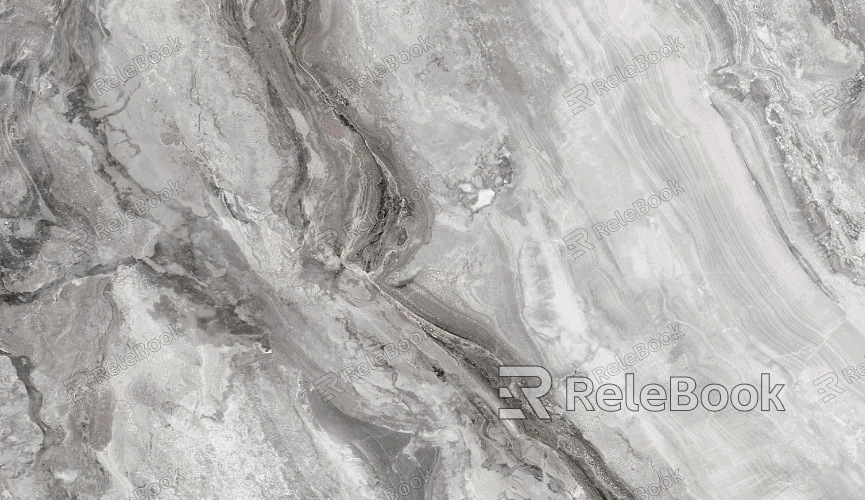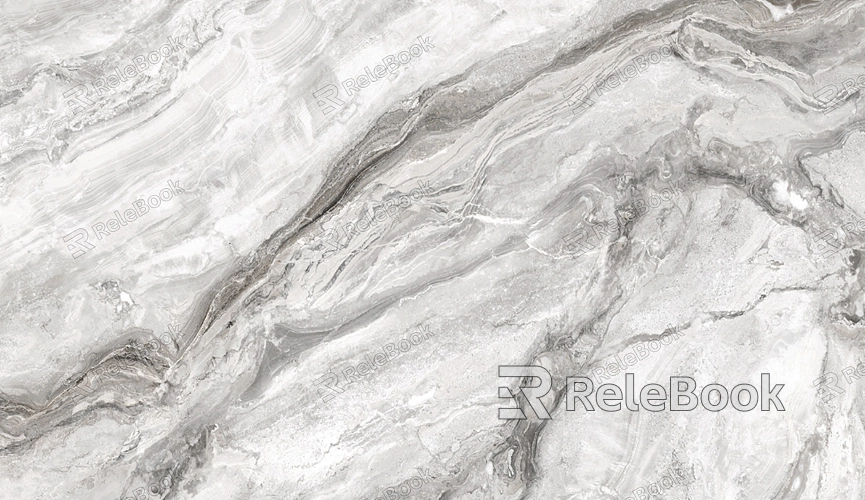How to Map Textures in Vray Rhino?
When using Rhino and Vray together, texture mapping not only enhances visual quality but also optimizes rendering efficiency. For many designers, figuring out how to map textures in Vray for Rhino can be a common challenge, especially when dealing with complex materials and large-scale scenes.This article will explore how to map textures in Vray Rhino, covering basic steps, common problems, and solutions to help you better understand and master this technique.

Basic Concept of Texture Mapping
Texture mapping is the process of applying a 2D texture image to the surface of a 3D model. During texture mapping, every point on the 3D model’s surface needs to correspond to a coordinate on the 2D texture image. Vray for Rhino offers different mapping methods, such as planar mapping, spherical mapping, and cylindrical mapping. Users can choose the most suitable method based on their needs.
In Vray for Rhino, texture mapping involves more than just applying an image to the model’s surface; it is also about how to set it up correctly so the texture appears accurately during rendering. Whether using simple image textures or more complex procedural materials, mastering texture mapping is essential.
Steps for Mapping Textures in Vray Rhino
To successfully map textures in Vray for Rhino, you first need to understand the basic workflow. Here are the key steps for texture mapping:
1. Creating Materials and Importing Textures
First, you need to create new material in Vray's material editor. Open Rhino, go to the Vray toolbar, select the material editor, and create a new material. In the new material’s properties panel, you can choose the material type, such as diffuse, specular, etc. Then, under the diffuse section, click on the texture box and select the texture image file you want to import.
2. Adjusting Texture Coordinates
Once the texture image is imported, the next step is to adjust the texture coordinates. In Vray for Rhino, you can use the “UVW Mapping” tool to adjust the alignment and scale of the texture. UVW coordinates refer to how the texture is applied in the 3D space, determining the position, size, and orientation of the texture on the model. By adjusting these parameters, you can control how the texture displays on the surface of the model.
Common adjustments include:
Planar mapping: Used for flat surfaces, ideal for directly applying the texture to the model.
Spherical mapping: Suitable for spherical or nearly spherical objects, ensuring the texture is evenly applied across the entire surface.
Cylindrical mapping: Used for cylindrical or column-like objects, applying the texture in a circular fashion around the object.
3. Optimizing Texture Size
To ensure the texture does not appear distorted or stretched during rendering, optimizing the texture size is also important. By adjusting the resolution and size of the texture, you can maintain clarity in the final render and avoid losing details. It is recommended to adjust the image resolution based on actual needs to prevent unnecessary resource wastage.
4. Adjusting Material Properties
The final step in texture mapping is to adjust other material properties to ensure the texture blends well with the overall effect. For example, adjusting reflections, refraction, transparency, and other attributes can make the texture and material appear more realistic. For special textures like matte or glossy finishes, applying the appropriate material properties will improve the final render’s realism.

Common Texture Mapping Techniques
In Vray for Rhino, mastering some common texture mapping techniques can help you work more efficiently and improve rendering quality.
1. Using Vray Render Settings to Optimize Textures
Vray provides a variety of rendering settings that help achieve the best texture display. When rendering, you can adjust sampling quality, reflection and refraction precision, and lighting details to ensure the texture looks as expected in the final output. Additionally, make sure to tweak the material and texture scaling to prevent issues like noise or unnatural details in high-quality renders.
2. Texture Tiling and Seamless Connection
When covering large surfaces, a single texture may not be enough to cover the entire area. In such cases, you can use the tiling feature to repeat the texture across the model's surface. To prevent visible seams or unnatural transitions when tiling, using seamless textures is a common technique. Seamless textures ensure smooth transitions at the borders, avoiding jarring seams in the final render.
3. Adjusting UV Unwrapping and Texture Distribution
For more precise texture application, UV unwrapping is a critical step. In Rhino, you can use UV editing tools to adjust the model’s UV layout, ensuring that each face of the model has the right texture distribution without stretching or misalignment. A well-planned UV unwrap will help ensure the texture displays correctly during rendering and can improve rendering efficiency.
4. Using Procedural Textures
In addition to traditional image textures, Vray for Rhino allows you to use procedural textures as an alternative. Procedural textures are generated through mathematical algorithms rather than external image files, offering dynamic control over texture effects. This technique is particularly useful when creating complex materials such as wood, stone, and other natural surfaces, as you can tweak parameters to generate different effects.
Solving Common Issues
While mapping textures in Vray for Rhino, you may encounter some common problems. Here are some common issues and solutions:
1. Texture Stretching
If the texture appears stretched on the surface of the model, it is often due to uneven UV coordinates or improper scaling. To resolve this, check and optimize the UV unwrapping to ensure that each face of the model is properly scaled and the texture coordinates are distributed evenly.
2. Texture Misalignment
If the texture does not align properly with the model, it is likely that the UV coordinates were not correctly mapped. Use UV editing tools to adjust the texture coordinates of each face, ensuring they are correctly aligned. Be sure to avoid overlapping or misaligned textures.
3. Visible Texture Seams
Visible seams can occur when there are multiple textures on the model’s surface. To address this, use seamless textures and adjust the texture tiling settings to minimize seams and create a smoother transition between textures.
Mapping textures in Vray for Rhino is an essential process for improving the visual quality of your renders. Through careful texture coordinate adjustment, optimizing texture size, and using advanced techniques such as procedural textures, you can achieve better rendering results. Understanding texture mapping allows you to work more efficiently and produce realistic 3D models for any project.
By mastering texture mapping techniques, you can not only enhance rendering quality but also streamline your workflow. We hope this article has provided you with a better understanding of texture mapping in Vray for Rhino and has helped you solve common problems. If you’re interested in continuing to improve your skills, feel free to visit Relebook's website to download a wide variety of 3D models and textures to enhance your creative work.
FAQ
How can I fix texture stretching in Vray Rhino?
Texture stretching is usually caused by uneven UV coordinates. Check and optimize the UV unfolding to ensure proper scaling and distribution of the texture.
What should I do if the texture is misaligned?
Use UV editing tools to adjust the texture coordinates of each face to ensure proper alignment.
How can I solve visible texture seams?
Use seamless textures and adjust the texture tiling settings to minimize seams and ensure a smooth transition between textures.
How do I optimize texture resolution?
Before rendering, check the texture resolution and adjust the size and resolution based on the requirements to ensure the best final output.

